The Pools of Bethesda
JN 5:1 Some time later, Jesus went up to Jerusalem for a feast of the Jews. 2 Now there is in Jerusalem near the Sheep Gate a pool, which in Aramaic is called Bethesda and which is surrounded by five covered colonnades. 3 Here a great number of disabled people used to lie--the blind, the lame, the paralyzed. 5 One who was there had been an invalid for thirty-eight years. 6 When Jesus saw him lying there and learned that he had been in this condition for a long time, he asked him, "Do you want to get well?" JN 5:7 "Sir," the invalid replied, "I have no one to help me into the pool when the water is stirred. While I am trying to get in, someone else goes down ahead of me." JN 5:8 Then Jesus said to him, "Get up! Pick up your mat and walk." 9 At once the man was cured; he picked up his mat and walked.
What happened to verse 4?
The Johannine narrative describes the porticos as being a
place in which large numbers of infirm people were waiting, which corresponds
well with the site's 1st century CE use as an asclepieion. Some ancient
biblical manuscripts argue that these people were waiting for the troubling of
the water; a few such manuscripts also move the setting away from Roman rituals
into something more appropriate to Judaism, by adding that an angel would
occasionally stir the waters, which would then cure the first person to enter. Although
the Vulgate does not include the troubling of the water or the 'angel
tradition', these were present in many of the manuscripts used by early English
translations of the Bible, who therefore included it in their translations.
Modern textual scholarship views these extra details as unreliable and unlikely
to have been part of the original text; many modern translations do not include
the troubling of the water or the 'angel tradition', but leave the earlier
numbering system, so that they skip from verse 3a straight to verse 5.
The location of the Pools of Bethesda — actually a series of reservoirs and medicinal pools — is in the Muslim Quarter of Jerusalem’s Old City
The Gospel of John describes such a pool in Jerusalem, near
the Sheep Gate, which is surrounded by five covered colonnades. It is
associated with healing. Until the 19th century, there was no evidence outside
of John’s Gospel for the existence of this pool; therefore, scholars argued
that the gospel was written later, probably by someone without first-hand
knowledge of the city of Jerusalem, and that the ‘pool’ had only a
metaphorical, rather than historical, significance. In the 19th century,
archaeologists discovered the remains of a pool fitting the description in
John’s Gospel.
In digs conducted in the 19th century, a large tank situated
about 100 feet north-west of St. Anne's Church, which was suggested to be the
Pool of Bethesda. This archaeological discovery proved beyond a doubt that the
description of this pool in the Gospel of John was not the creation of the
Evangelist. It reflected an accurate and detailed knowledge of the site. The
Gospel speaks of (a) the name of the pool as Bethesda; (b) its location near
the Sheep Gate; (c) the fact that it has five porticos; with rushing water. All
these details are corroborated through literary and archaeological evidence
affirming the historical accuracy of the Johannine account
 |
| ruins of a Byzanthine church over the pools |
More interesting facts about the pools.
The Upper Pool is
mentioned in the Book of Kings (in a passage also repeated by the Book of
Isaiah):
And the king of
Assyria sent Tartan and Rab-saris and Rab-shakeh from Lachish to King Hezekiah
with a great army unto Jerusalem. And they went up and came to Jerusalem. And
when they were come up, they came and stood by the conduit of the upper pool,
which is in the highway of the fullers' field.
It is also mentioned in an earlier part of the Book of
Isaiah:
Then said the LORD unto Isaiah: 'Go forth now to meet Ahaz,
thou, and Shear-jashub thy son, at the end of the conduit of the upper pool, in
the highway of the fullers' field.
.
Labels: Bible lands, Jesus Christ














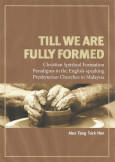
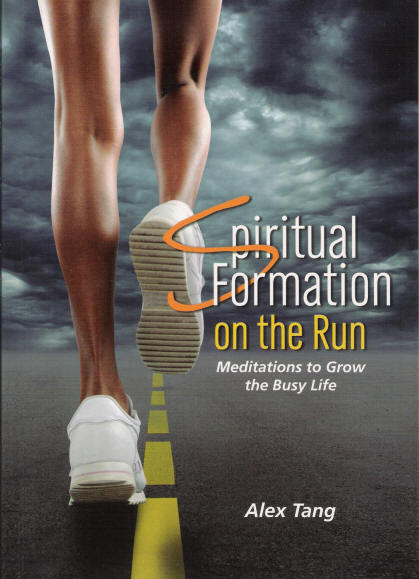
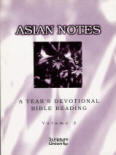
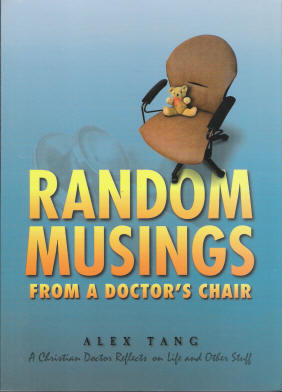
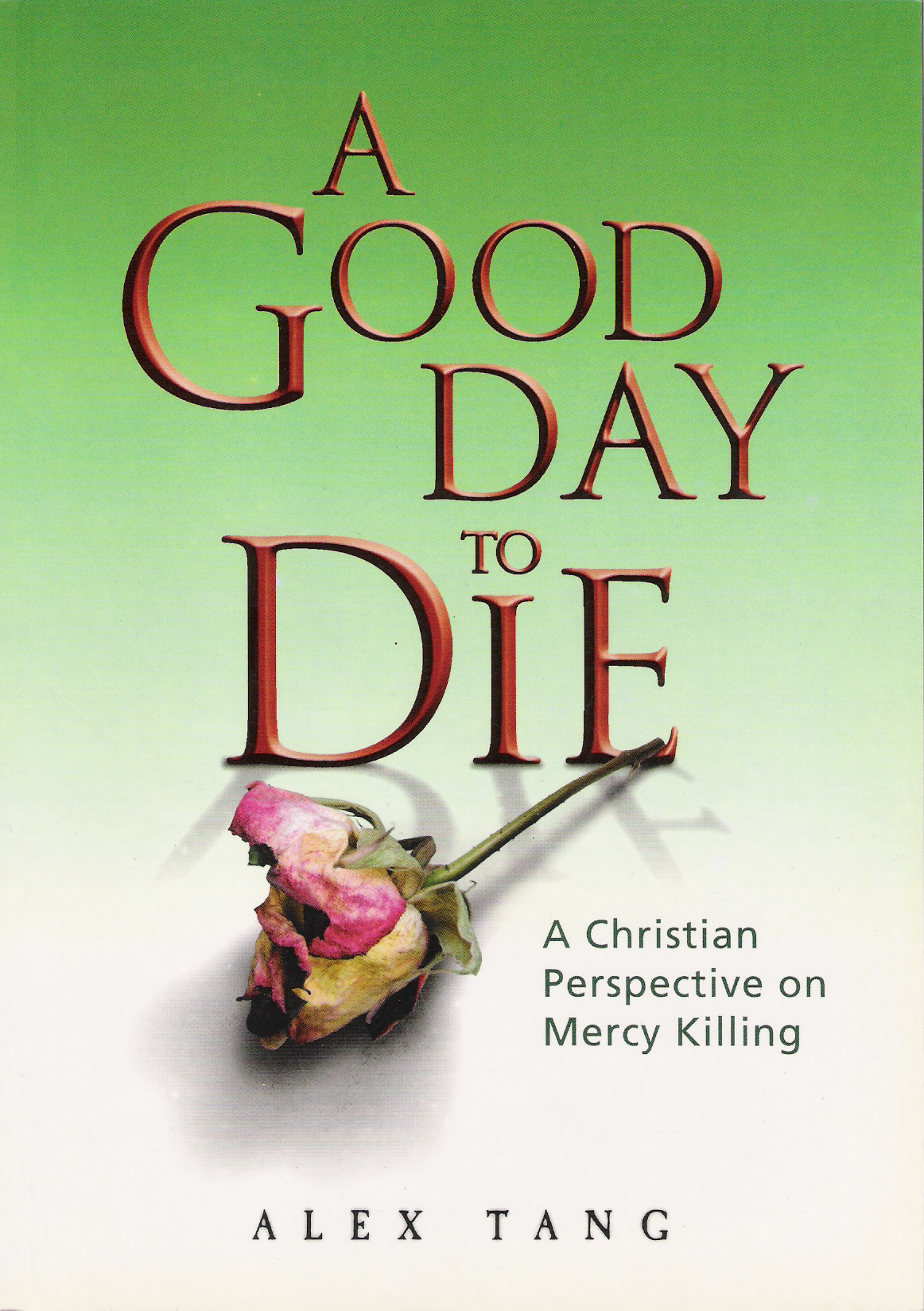
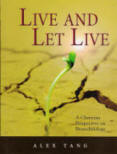


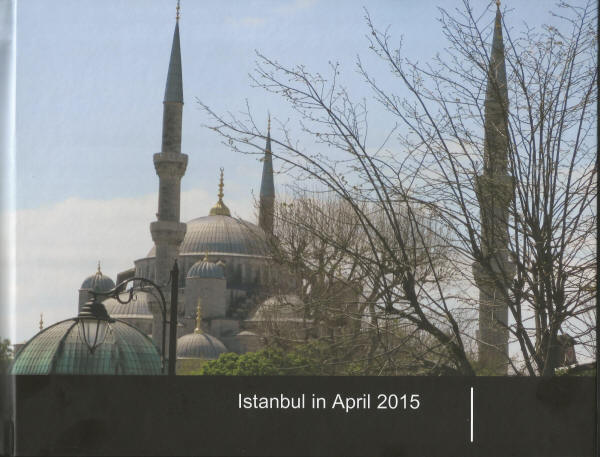
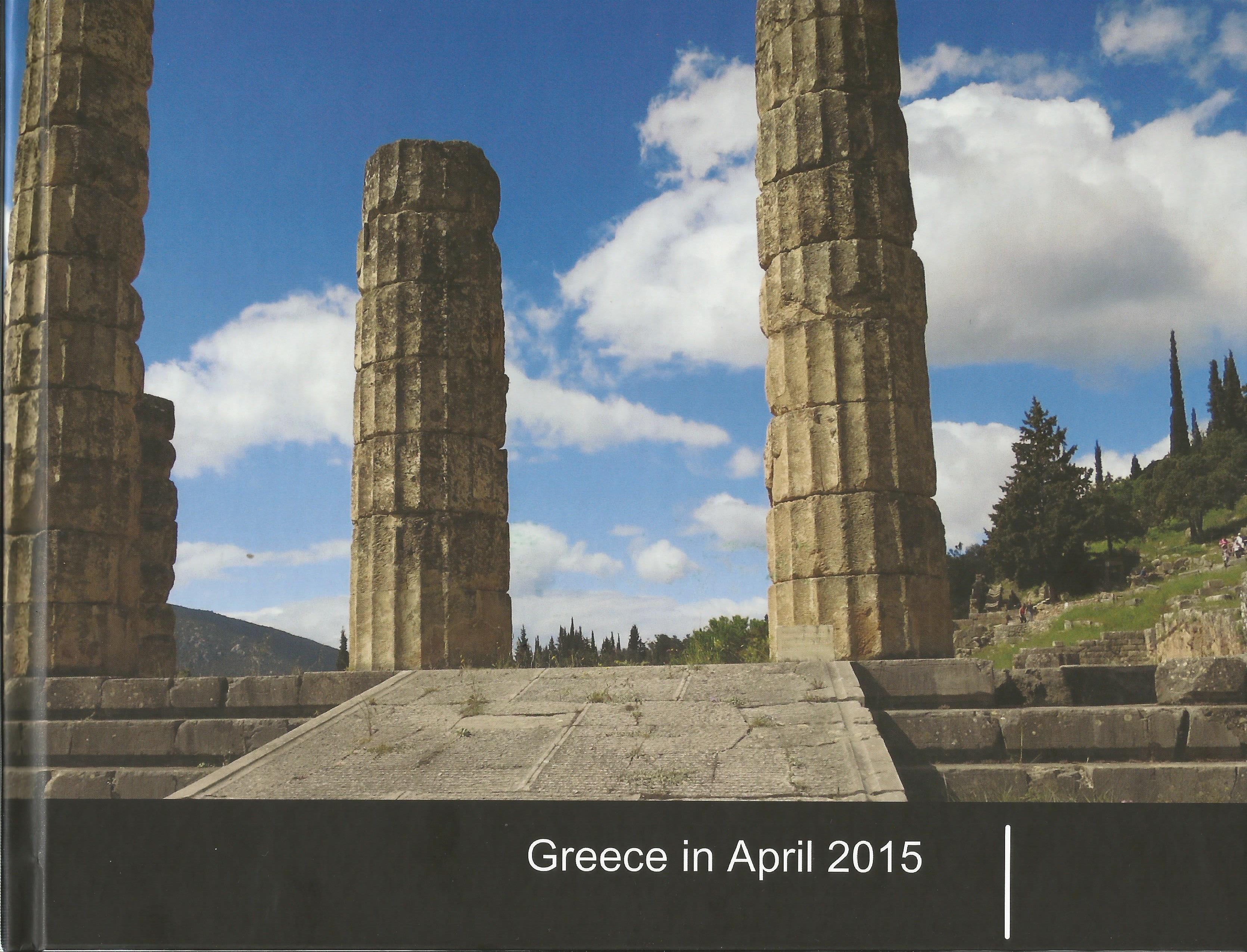
0 Comments:
Post a Comment
<< Home